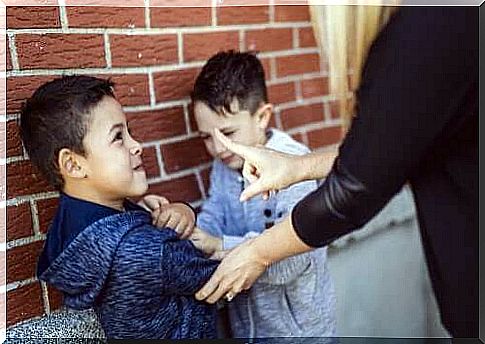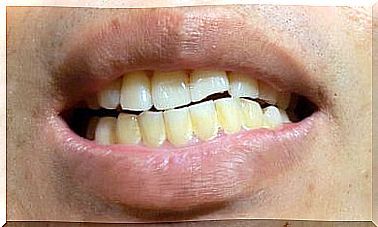Sociometric Testing As A Tool Against Bullying – I’m A Mom

The sociometric test is a good tool to make social relationships between students in the classroom visible and, thus, be able to prevent and detect possible cases of bullying . Therefore, teachers must learn to use these types of tools, which are essential to solve the serious problem of bullying .
Sociometric testing as a tool against bullying
In the classroom, social and emotional bonds are created between students, in such a way that certain roles are established between them. But, a problem that arises from relationships in the classroom is the fact that students can emerge who become isolated or are rejected by their peers, and can thus become targets of bullying .
There are also students who are accepted by the class only to do academic tasks, however, when there are recreational activities, no one takes them into account.
For teachers, detecting the popularity level of students just from observation is very complicated. Therefore, it is convenient to use other types of tools, such as sociometric testing.

In this sense, this tool is useful for:
- Knowing the playful-affective relationships of students in the classroom.
- Knowing the relationship of work-study students in the classroom.
- Identify the social position of each student in the classroom, paying special attention to detecting rejected children.
- Establish a sociogram that facilitates an overall view of the social structure in the classroom.
Sociometric positions in the classroom
Based on the obtained sociogram, it is possible to interpret the following sociometric positions in the classroom:
- Leader : a person who is chosen many times and is very little or almost never rejected. Therefore, it reflects a popular individual.
- Brown Eminence : only one of the leaders chooses him among his first three options of choice. His influence on the group is very great, although externally this is not noticeable.
- Partially rejected: is more rejected than chosen. Their presence is usually noticed in the group.
- Fully Rejected: Receives only rejections. Your presence can be negative for the group and for the teacher. It has a high number of negative characteristics for the group.
- Controversial: it is chosen many times and rejected many times. Generally, it’s someone who divides the group: the anti-leader. It has both positive and negative characteristics.
- Double: reciprocal choice of two individuals.
- Triangle : people who choose among themselves. It is usually a very close-knit and compact structure.
- Chain : A chooses B, B chooses C, C chooses D… The closer the subject is to the leader, the better his sociometric status.
How to apply the sociometric test in the classroom?
To apply the sociometric test in the classroom, it is necessary to use a one-hour class. Thus, the steps to be followed are:
- Give the sociometric test to each student and explain what it is, especially emphasizing that the answers should be individual and not shown to the rest of the class.
- Then, students must answer the questions, expressing their preferences and rejections in relation to playful-affective and work-study criteria.

- Once the answers are obtained, for their correction, it is necessary to prepare a table in which the students’ answers are coded.
- Prepare two class sociograms, one on playful-affective criteria and the other on study-work, taking into account each student’s first three choices and rejections.
- To do this, girls should be represented with a circle and boys with a square, each containing the number they occupy in the classroom.
- As a system for representing the direction of choices or rejections, blue arrows that indicate the chosen individuals, red arrows that indicate the rejected individuals and double arrows that represent the reciprocal choices are used.
- Finally, interpret and analyze each student’s positions.
Other tools to detect bullying
In addition to the sociometric test, there are many other tools that are equally useful to detect possible cases of bullying in the classroom, such as:
- Revised School Violence Questionnaire (CUVE-R).
- The Online Victimization Scale.
- Peer Bullying Screening .
Therefore, it is teachers’ obligation to select any of these tools and use them in the classroom to prevent or identify bullying among their students.








